Search
Items tagged with: heliophysics
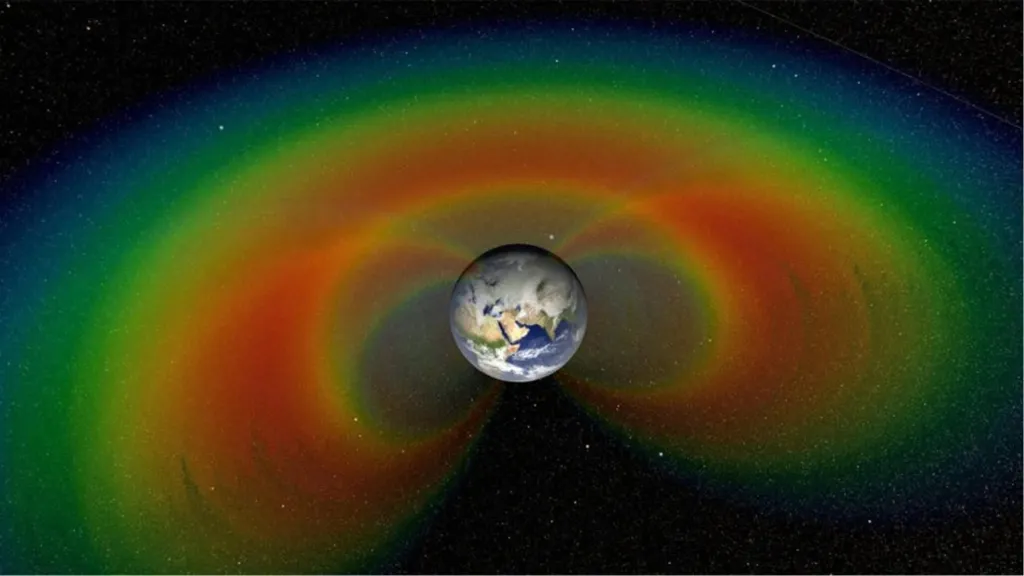
Innovative Instrument Reveals Hidden Features Deep Inside the Van Allen Radiation Belts - NASA Science
A new instrument is using advanced detection techniques and leveraging an orbit with specific characteristics to increase our understanding of the Van Allen belts—regions surrounding Earth that contain energetic particles that can endanger both robot…science.nasa.gov
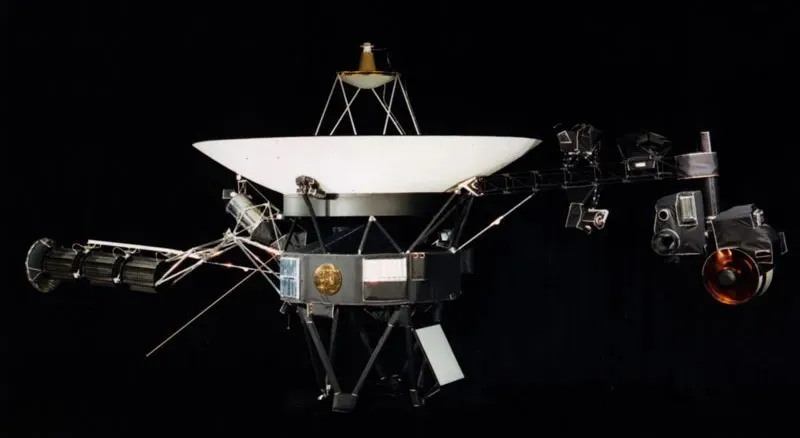
Voyager 1 Team Accomplishes Tricky Thruster Swap - NASA Science
The spacecraft uses its thrusters to stay pointed at Earth, but after 47 years in space some of the fuel tubes have become clogged.science.nasa.gov
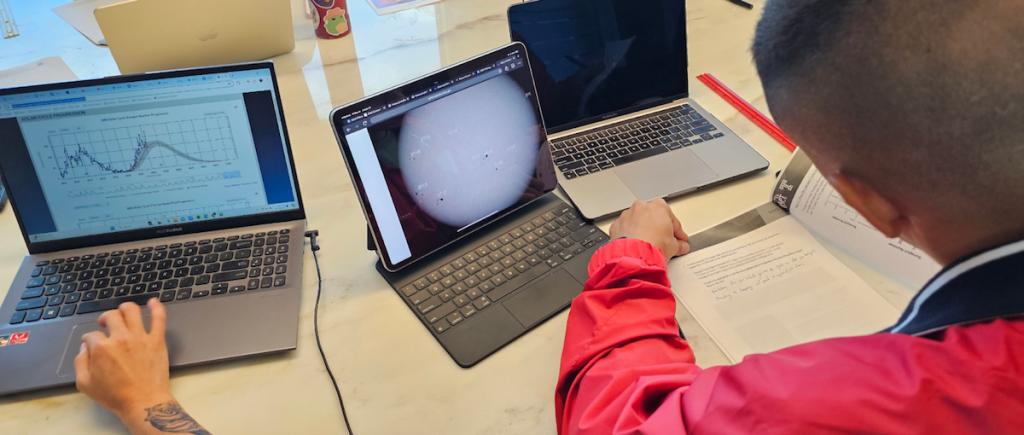
Leveraging Teacher Leaders to Share the Joy of NASA Heliophysics - NASA Science
Many teachers are exceptionally skilled at bridging students’ interests with real-world science. Now for the third year, the American Association of Physics Teachers (AAPT) has brought together such a group of highly-motivated secondary and higher ed…science.nasa.gov
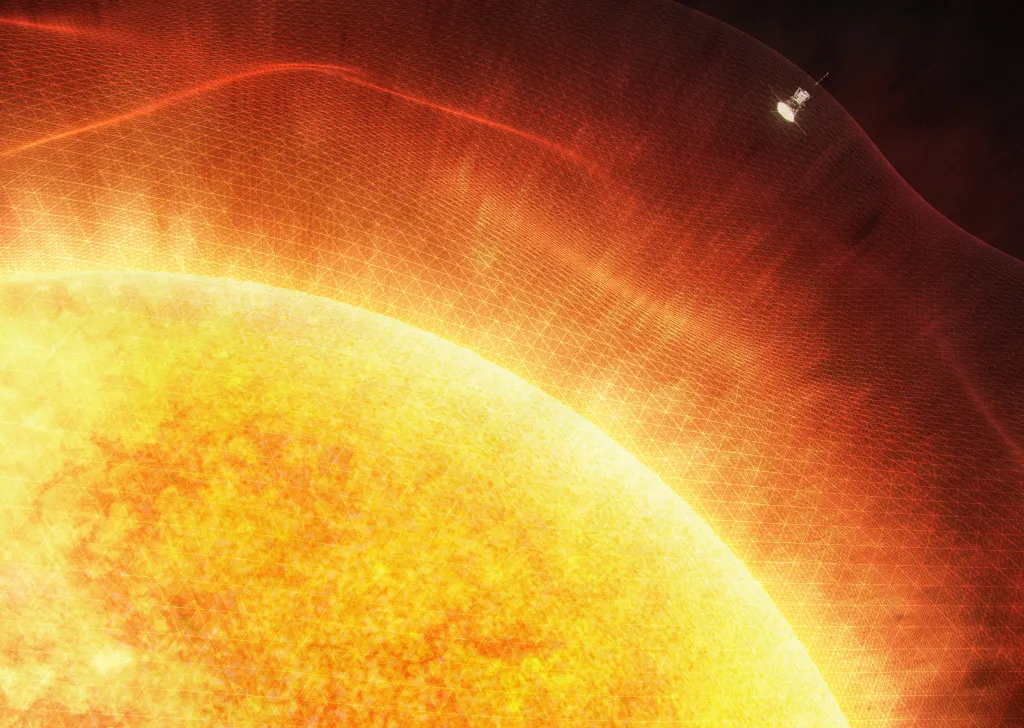
NASA, ESA Missions Help Scientists Uncover How Solar Wind Gets Energy - NASA Science
A paper published in the journal Science provides persuasive evidence that the fastest solar winds are powered by magnetic “switchbacks,” or large kinks in the magnetic field, near the Sun.science.nasa.gov

NASA Discovers a Long-Sought Global Electric Field on Earth - NASA Science
An international team of scientists has successfully measured a planet-wide electric field thought to be as fundamental to Earth as its gravity and magnetic fields.science.nasa.gov
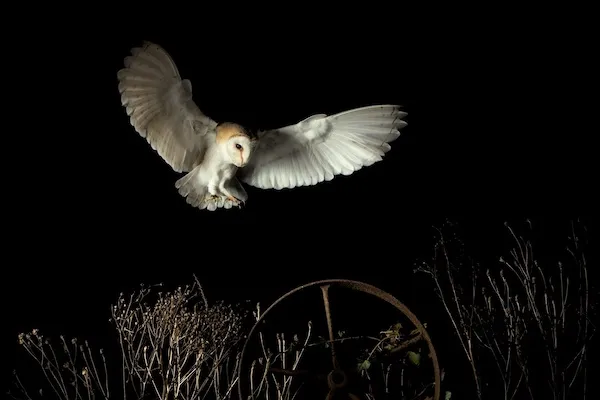
Eclipse Soundscapes AudioMoth Donations Will Study Nature at Night - NASA Science
During the April 8, 2024 total solar eclipse, approximately 770 AudioMoth recording devices were used to capture sound data as part of the Eclipse Soundscapes Project — a multisensory participatory science (also known as “citizen science”) project th…science.nasa.gov
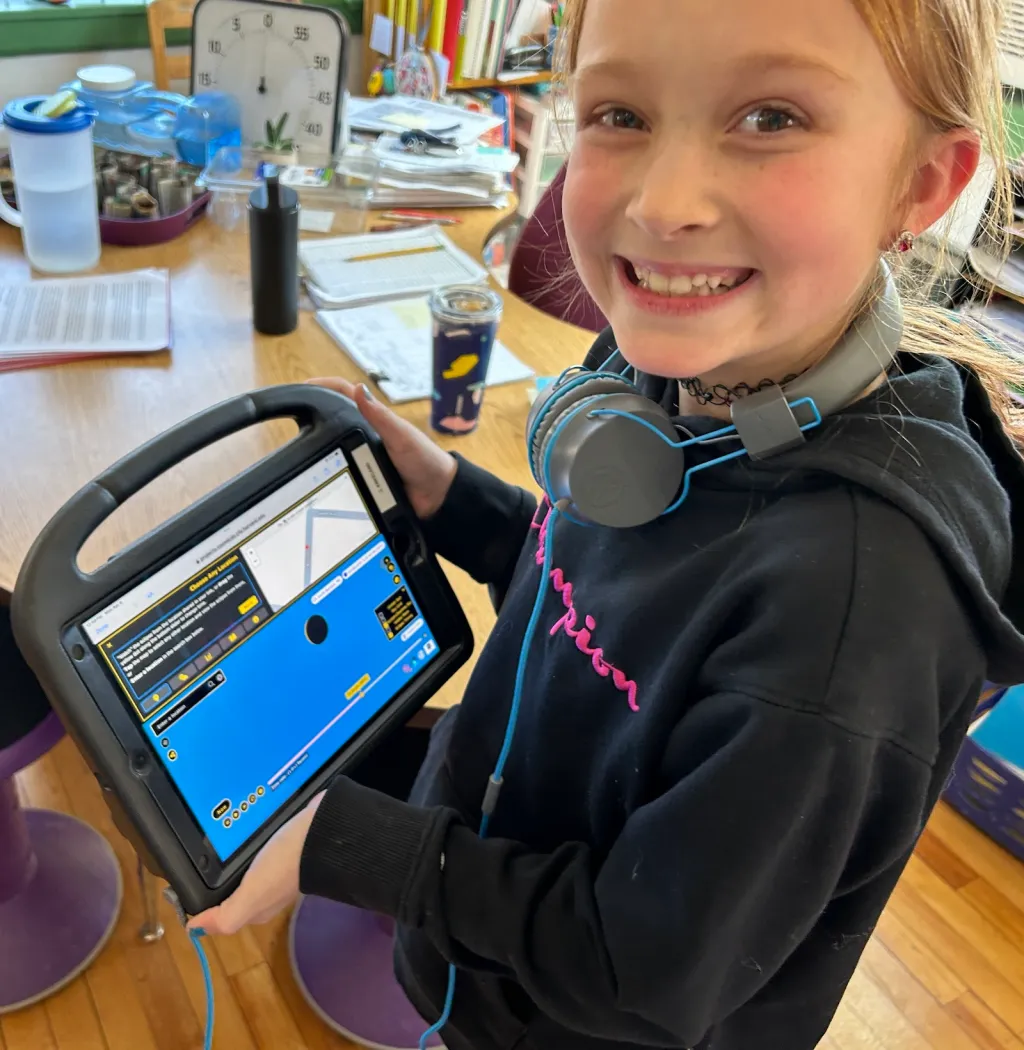
Solar Eclipse Data Story Helps the Public Visualize the April 2024 Total Eclipse - NASA Science
The NASA Science Activation program’s Cosmic Data Stories team, led by Harvard University in Cambridge, MA, released a new Data Story for the April 8, 2024 Total Solar Eclipse.science.nasa.gov
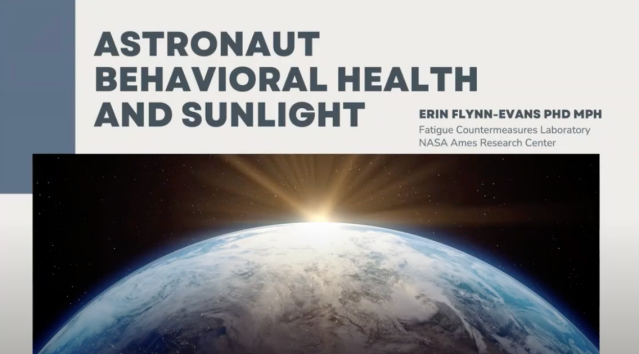
Celebrate Heliophysics Big Year: Free Monthly Webinars on the Sun Touches Everything - NASA Science
Once a month (usually on the first Tuesday), the Heliophysics Education Community meets online to share knowledge and opportunities.science.nasa.gov

NASA’s ICON Mission Ends with Several Ionospheric Breakthroughs - NASA Science
After contributing to many important findings on the boundary between Earth’s atmosphere and space, the Ionospheric Connection Explorer (ICON) mission has come to an end.science.nasa.gov
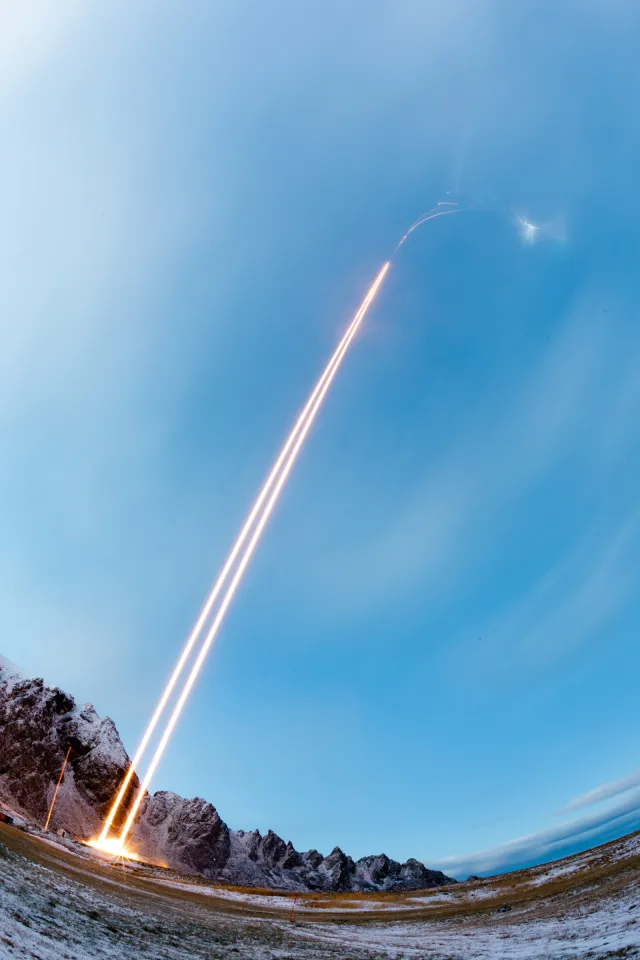
NASA Rocket Discovers New Energization Process in Upper Atmosphere - NASA Science
When it comes to discoveries about our upper atmosphere, it pays to know your surroundings. Using data from the Twin Rockets to Investigate Cusp Electrodynamics (TRICE-2) rocket launch, NASA scientist Francesca Di Mare and Gregory Howes from the Univ…science.nasa.gov
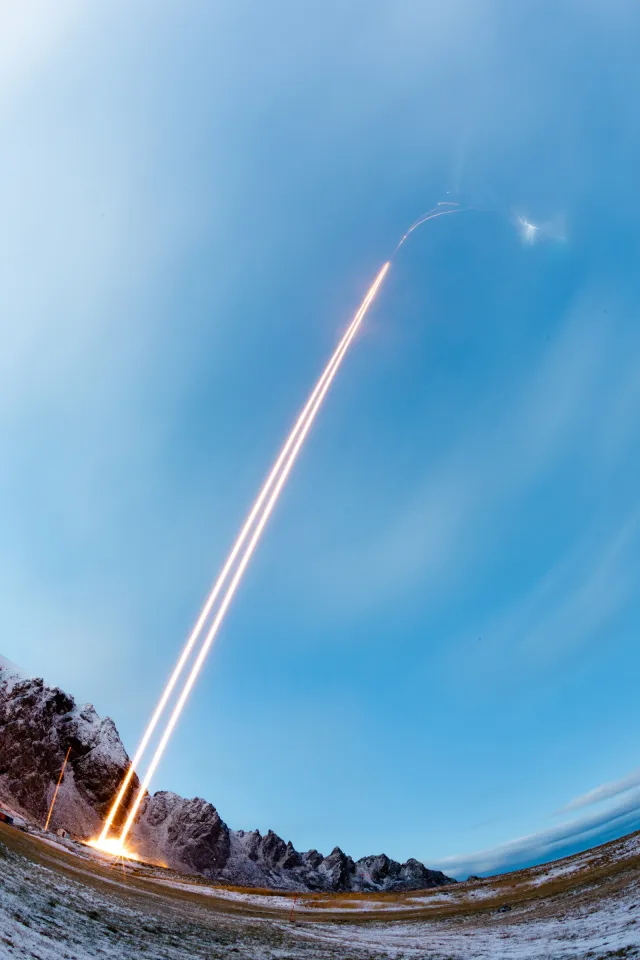
NASA Rocket Discovers New Energization Process in Upper Atmosphere - NASA Science
When it comes to discoveries about our upper atmosphere, it pays to know your surroundings. Using data from the Twin Rockets to Investigate Cusp Electrodynamics (TRICE-2) rocket launch, NASA scientist Francesca Di Mare and Gregory Howes from the Univ…science.nasa.gov

Celebrate the Heliophysics Big Year with Free Heliophysics and Math Webinars from NASA HEAT - NASA Science
The Heliophysics Big Year (HBY) is a global celebration of the Sun’s influence on Earth and the entire solar system. It began with the Annular Solar Eclipse on Oct. 14, 2023, continued through the Total Solar Eclipse on Apr.science.nasa.gov
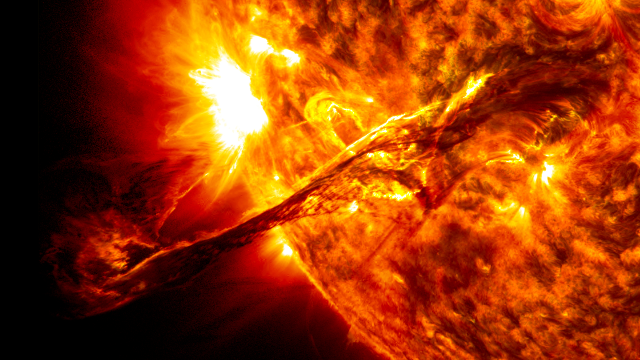
NASA Mission to Study Mysteries in the Origin of Solar Radio Waves - NASA Science
NASA’s CubeSat Radio Interferometry Experiment, or CURIE, is scheduled to launch July 9, 2024, to investigate the unresolved origins of radio waves coming from the Sun.science.nasa.gov

NASA Science Activation Teams Present at National Rural STEM Summit - NASA Science
NASA Science Activation (SciAct) teams participated in the National Rural STEM (Science, Technology, Engineering, & Mathematics) Summit held June 4-7, 2024 in Tucson, Arizona.science.nasa.gov
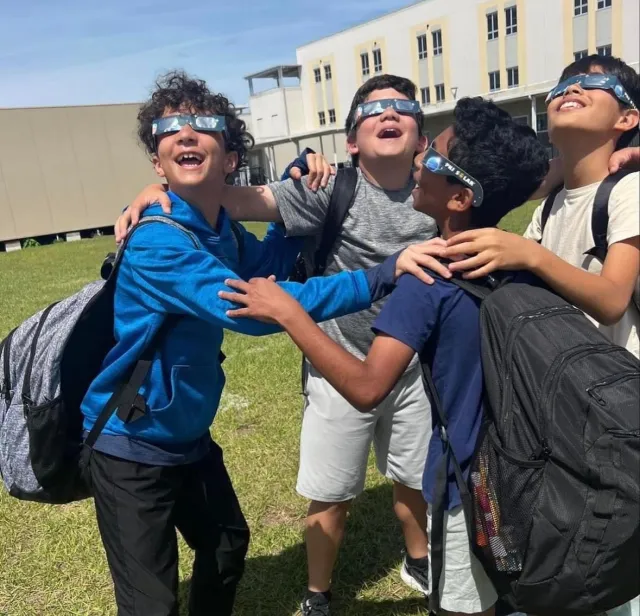
NASA@ My Library and Partners Engage Millions in Eclipse Training and Preparation - NASA Science
The Space Science Institute, with funding from the NASA Science Mission Directorate and Gordon and Betty Moore Foundation, provided unprecedented training, support, and supplies to 15,000 libraries in the U.S.science.nasa.gov

An Eclipse Megamovie Megastar - NASA Science
Nazmus “Naz” Nasir is a software engineer by day, and an astrophotographer by night….and sometimes by day as well! This April, Naz participated in NASA’s Eclipse Megamovie 2024 project, photographing the total solar eclipse.science.nasa.gov
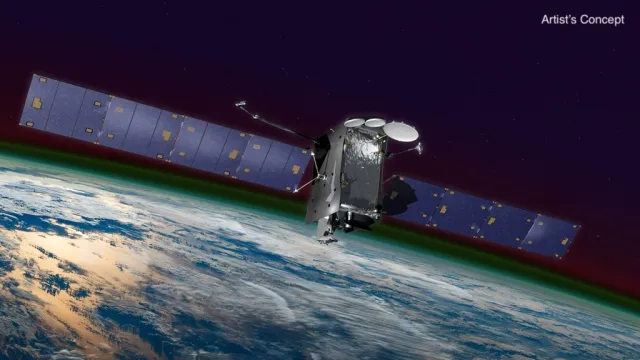
Alphabet Soup: NASA’s GOLD Finds Surprising C, X Shapes in Atmosphere - NASA Science
NASA’s Global-scale Observations of the Limb and Disk (GOLD) mission has revealed unexpected C- and X-shaped formations in an electrified layer of gas high above our heads called the ionosphere.science.nasa.gov
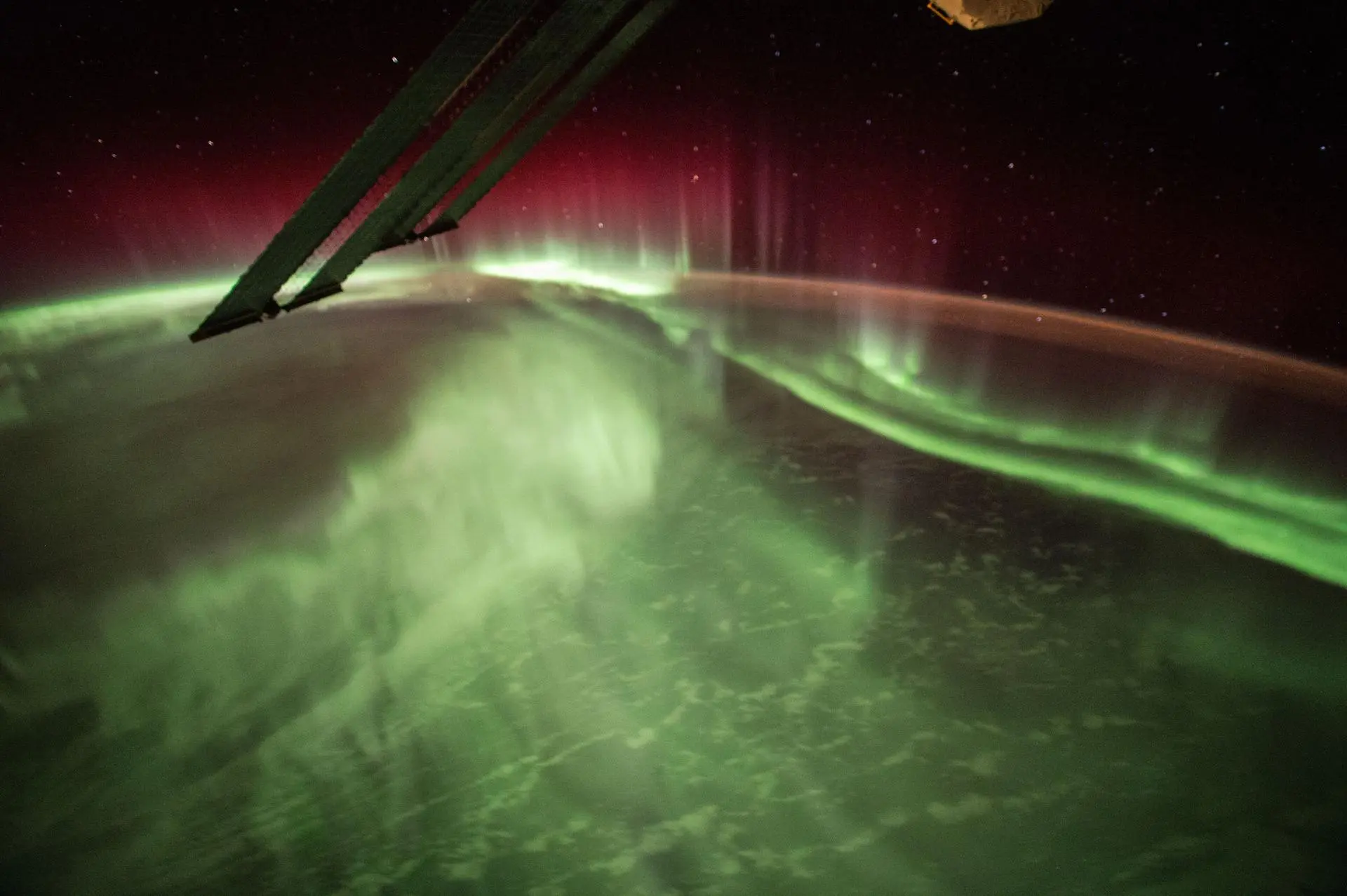
Studying the Sun - NASA
The Sun wields a huge influence on Earth. Its gravity holds our planet in its orbit, and solar energy drives the seasons, ocean currents, weather, climate,Andrea Lloyd (NASA)
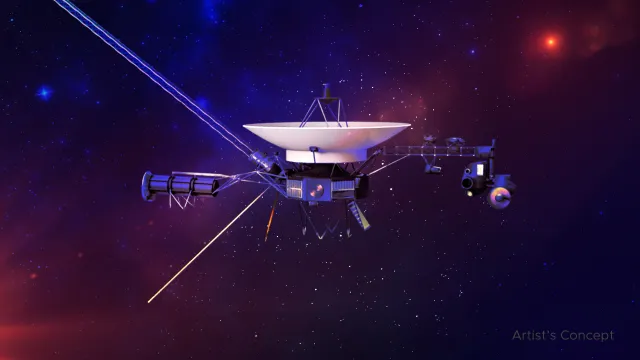
Voyager 1 Returning Science Data From All Four Instruments - NASA Science
The spacecraft has resumed gathering information about interstellar space. NASA’s Voyager 1 spacecraft is conducting normal science operations for the first time following a technical issue that arose in November 2023.science.nasa.gov

Ed Stone, Former Director of JPL and Voyager Project Scientist, Dies - NASA
Known for his steady leadership, consensus building, and enthusiasm for engaging the public in science, Stone left a deep impact on the space community.Naomi Hartono (NASA)
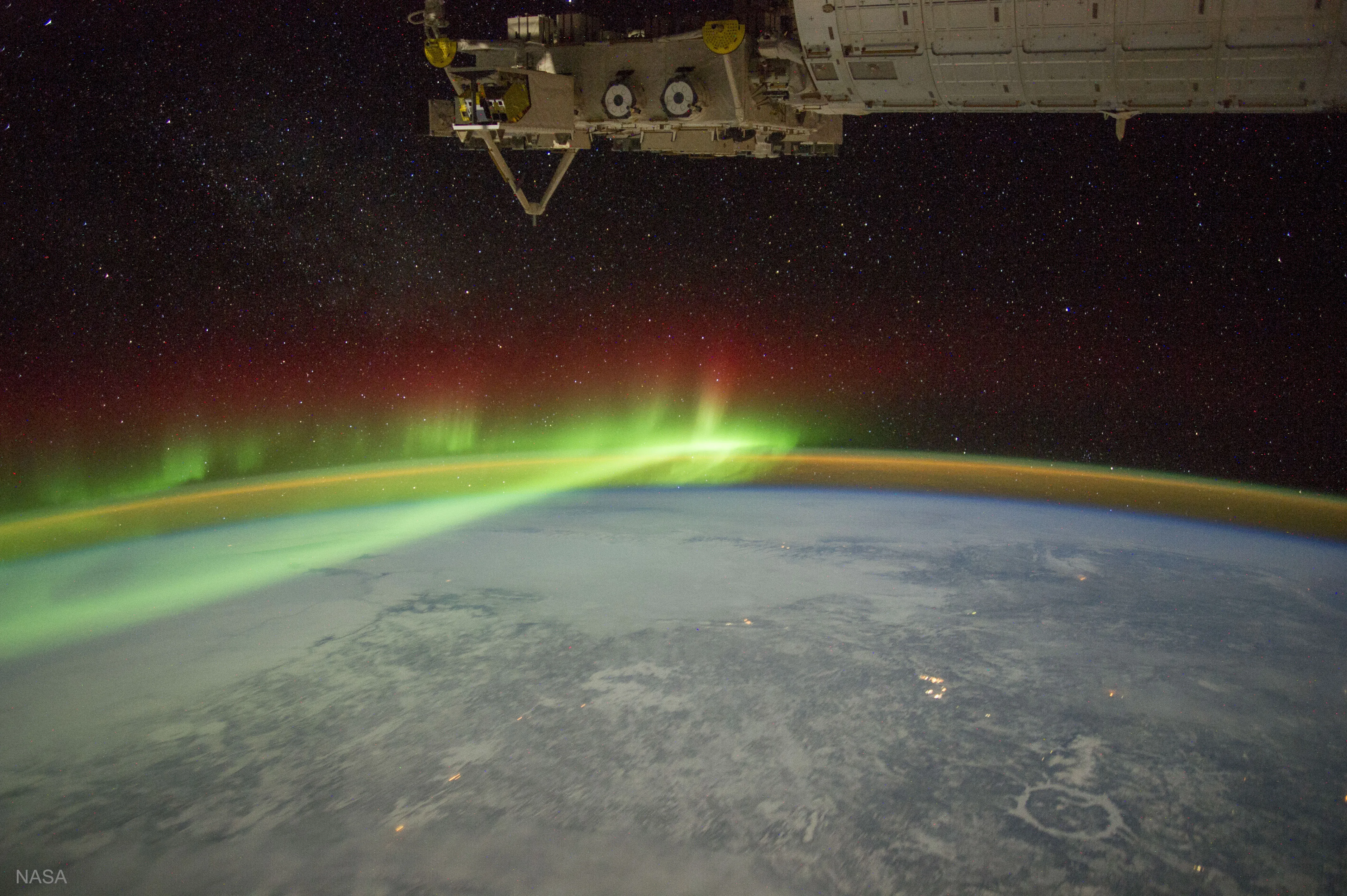
NASA Funds Study of Proposals to Investigate Space Weather Systems - NASA
NASA has selected three proposals for concept studies of missions to investigate the complex system of space weather that surrounds our planet and how it’sNASA
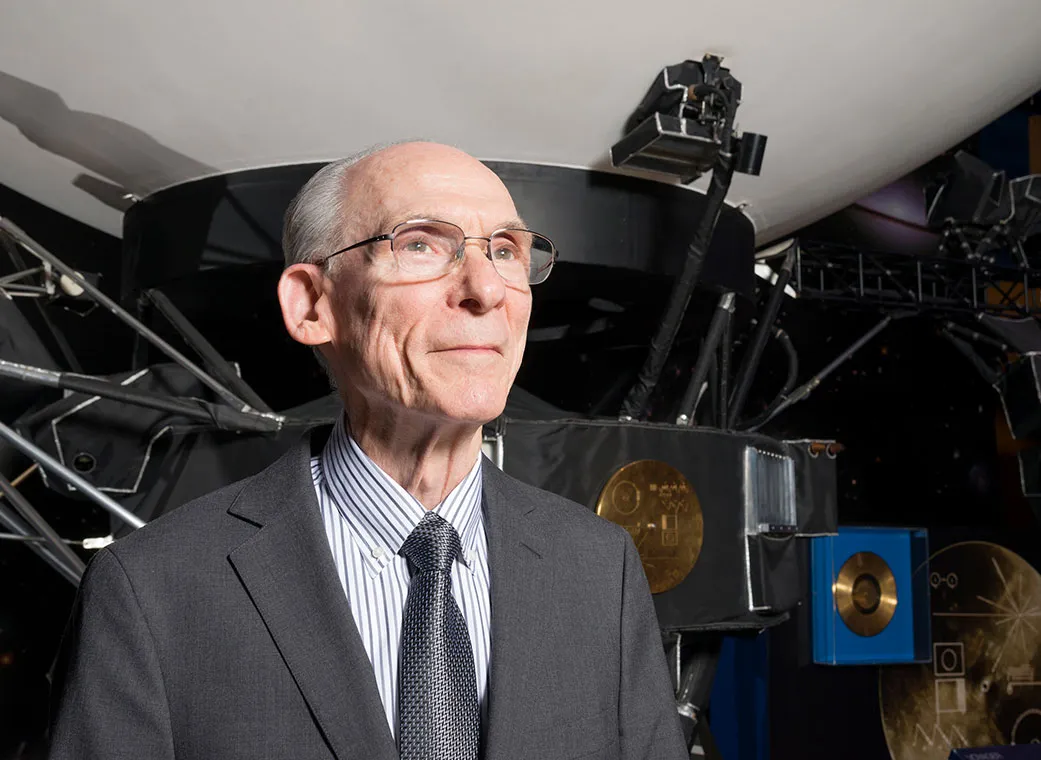
Ed Stone, Former Director of JPL and Voyager Project Scientist, Dies - NASA
Known for his steady leadership, consensus building, and enthusiasm for engaging the public in science, Stone left a deep impact on the space community.Naomi Hartono (NASA)
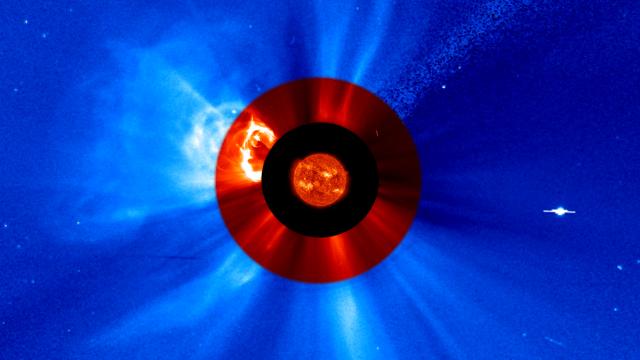
NASA’s Heliophysics Experiment to Study Sun on European Mission - NASA
NASA announced Tuesday it selected a new instrument to study the Sun and how it creates massive solar eruptions. The agency’s Joint EUV coronal DiagnosticNASA
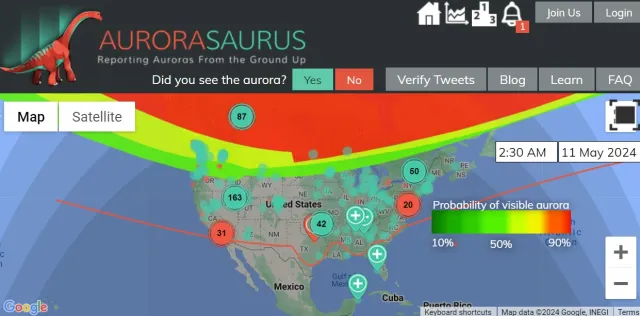
Aurorasaurus Roars During Historic Solar Storm - NASA Science
The largest geomagnetic storm in 21 years lit up the sky last weekend, and NASA’s volunteers were ready. Between May 10th and 12th 2024, NASA’s Aurorasaurus project received an unprecedented number of reports from around the world.science.nasa.gov

How NASA Tracked the Most Intense Solar Storm in Decades - NASA Science
During the first full week of May, a barrage of large solar flares and coronal mass ejections (CMEs) launched clouds of charged particles and magnetic fields toward Earth, creating the strongest solar storm to reach Earth in two decades — and possibl…science.nasa.gov
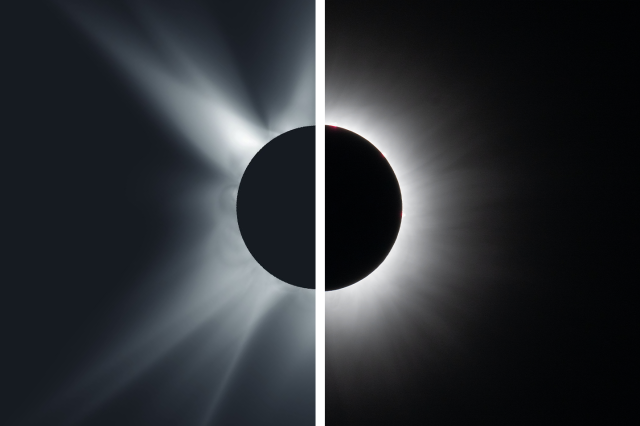
2024 Total Solar Eclipse: Prediction vs. Reality - NASA Science
Before a total solar eclipse crossed North America on April 8, 2024, scientists at Predictive Science Inc. of San Diego aimed to foresee what the Sun’s outer atmosphere, the corona, would look like during totality.science.nasa.gov
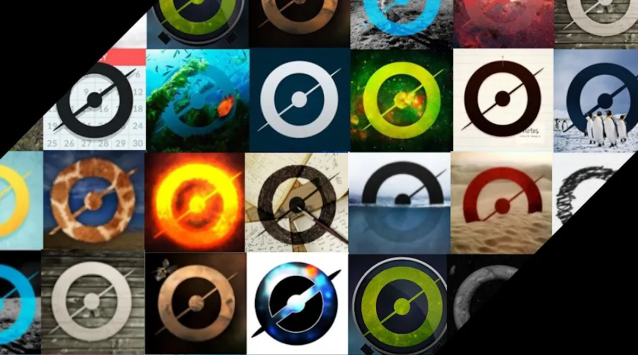
NASA Partner Zooniverse Receives White House Open Science Award - NASA Science
Congrats to NASA partner Zooniverse for being named winners in the White House’s Year of Open Science Recognition Challenge! The White House Office of Science & Technology Policy (OSTP) designated 2023 as the year of Open Science, and invited innovat…science.nasa.gov
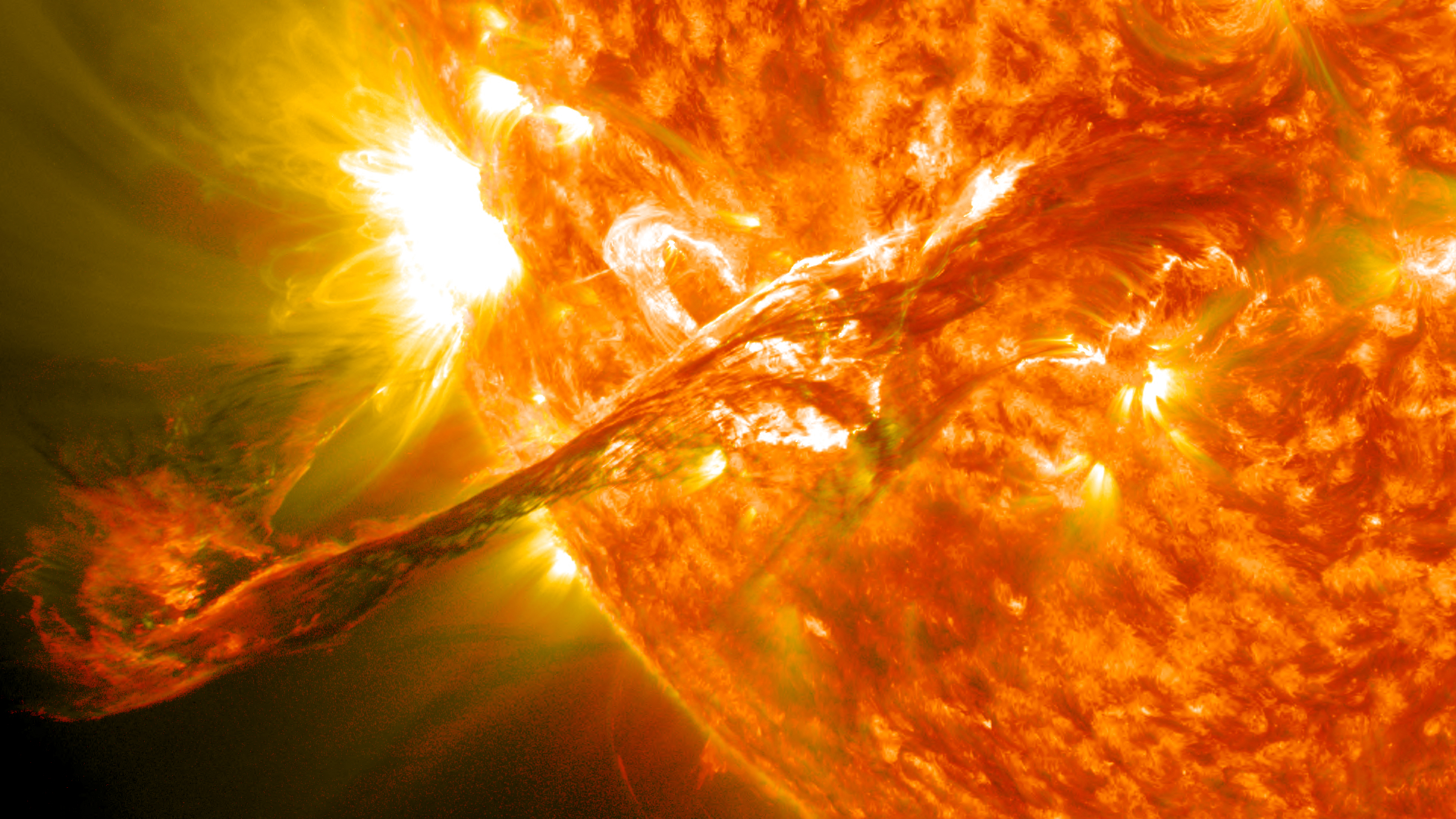
NASA Scientists Gear Up for Solar Storms at Mars - NASA
The Sun will be at peak activity this year, providing a rare opportunity to study how solar storms and radiation could affect future astronauts on the RedNaomi Hartono (NASA)

NASA Observations Find What Helps Heat Roots of ‘Moss’ on Sun
Did you know the Sun has moss? Due to its resemblance to the earthly plants, scientists have named a small-scale, bright, patchy structure made of plasma in the solar atmosphere “moss.” New observations from NASA reveal insights into this region.science.nasa.gov
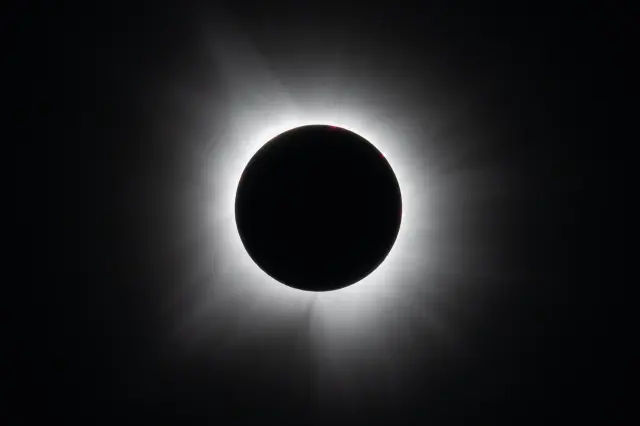
The April 8 Total Solar Eclipse: Through the Eyes of NASA
On April 8, 2024, the Moon’s shadow swept across North America, treating millions to a breathtaking view of a total solar eclipse. As the Moon passed in front of the Sun, it revealed the Sun’s wispy white outer atmosphere — the corona.science.nasa.gov
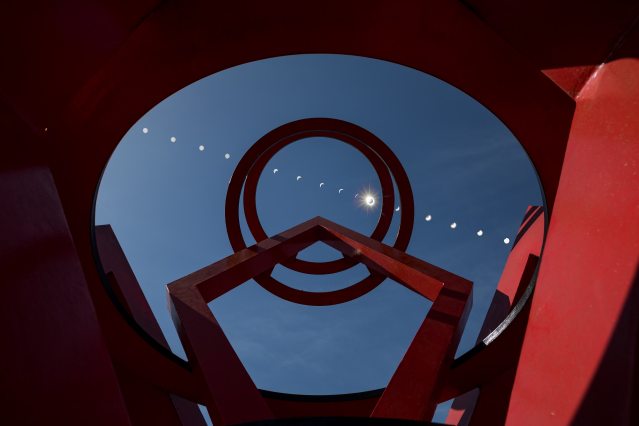
More Than 36,000 Volunteers Helped Do NASA Eclipse Science
Thank you for helping us out! Over 36,000 people helped do NASA Science during Monday’s total solar eclipse. Together, these volunteers submitted more than 60,000 vital pieces of eclipse data to NASA science projects.science.nasa.gov
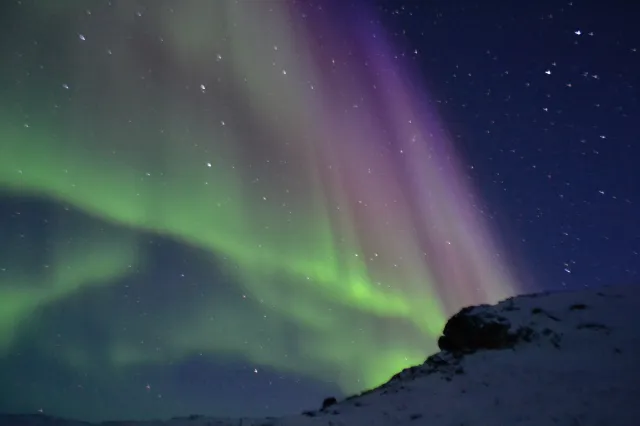
Making Ultra-fast Electron Measurements in Multiple Directions to Reveal the Secrets of the Aurora
The energetic electrons that drive the aurora borealis (the northern lights) have a rich and very dynamic structure that we currently do not fully understand.science.nasa.gov
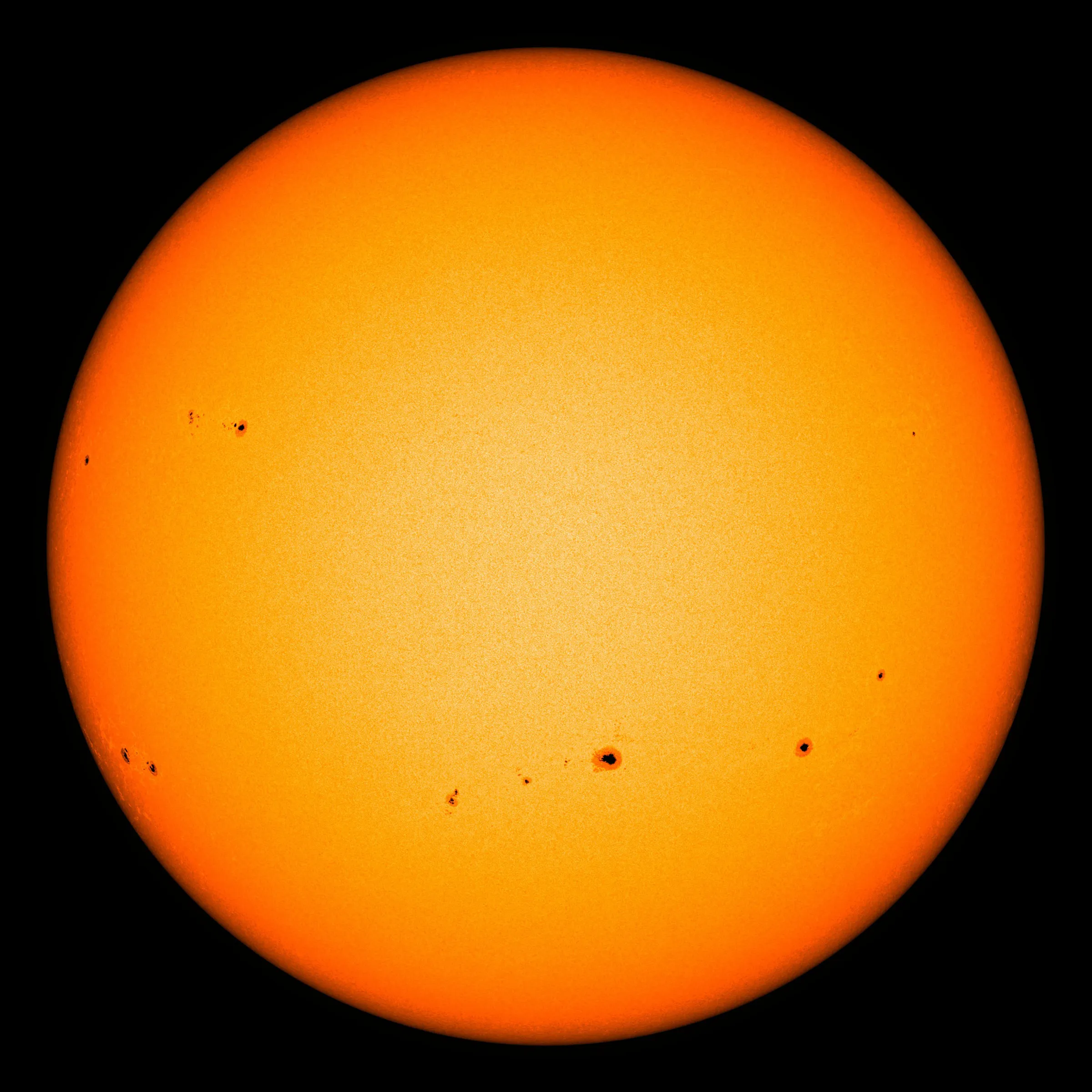
How NASA's Roman Telescope Will Measure Ages of Stars - NASA
Guessing your age might be a popular carnival game, but for astronomers it’s a real challenge to determine the ages of stars. Once a star like our Sun hasAshley Balzer (NASA)
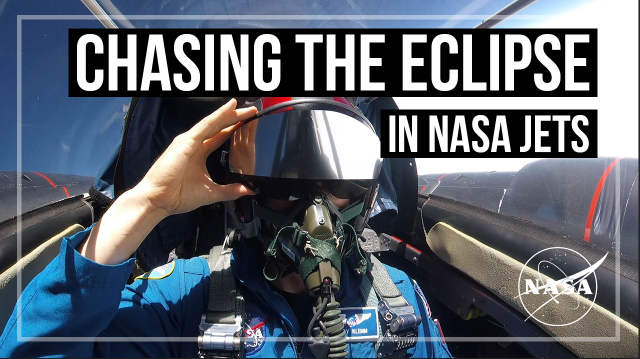
Scientists Pursue the Total Solar Eclipse with NASA Jet Planes
The April 8, 2024, total solar eclipse will produce stunning views across North America. While anyone along the eclipse path with a clear sky will see the spectacular event, the best view might be 50,000 feet in the air, aboard NASA’s WB-57 jet plane…science.nasa.gov
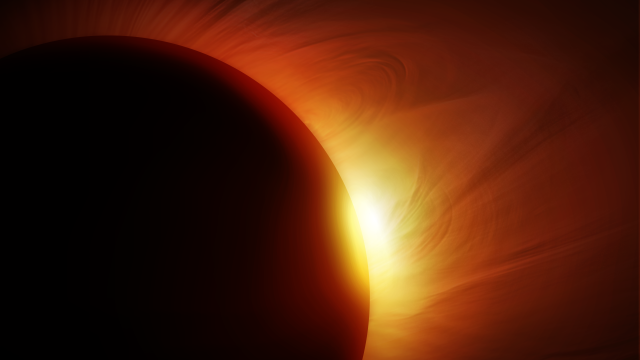
NASA Partnerships Bring 2024 Total Solar Eclipse to Everyone - NASA
On Monday, April 8, NASA and its partners will celebrate the wonders of the total solar eclipse as it passes over North America, with the path of totality in the United States, from Kerrville, Texas, to Houlton, Maine.Karen Northon (NASA)
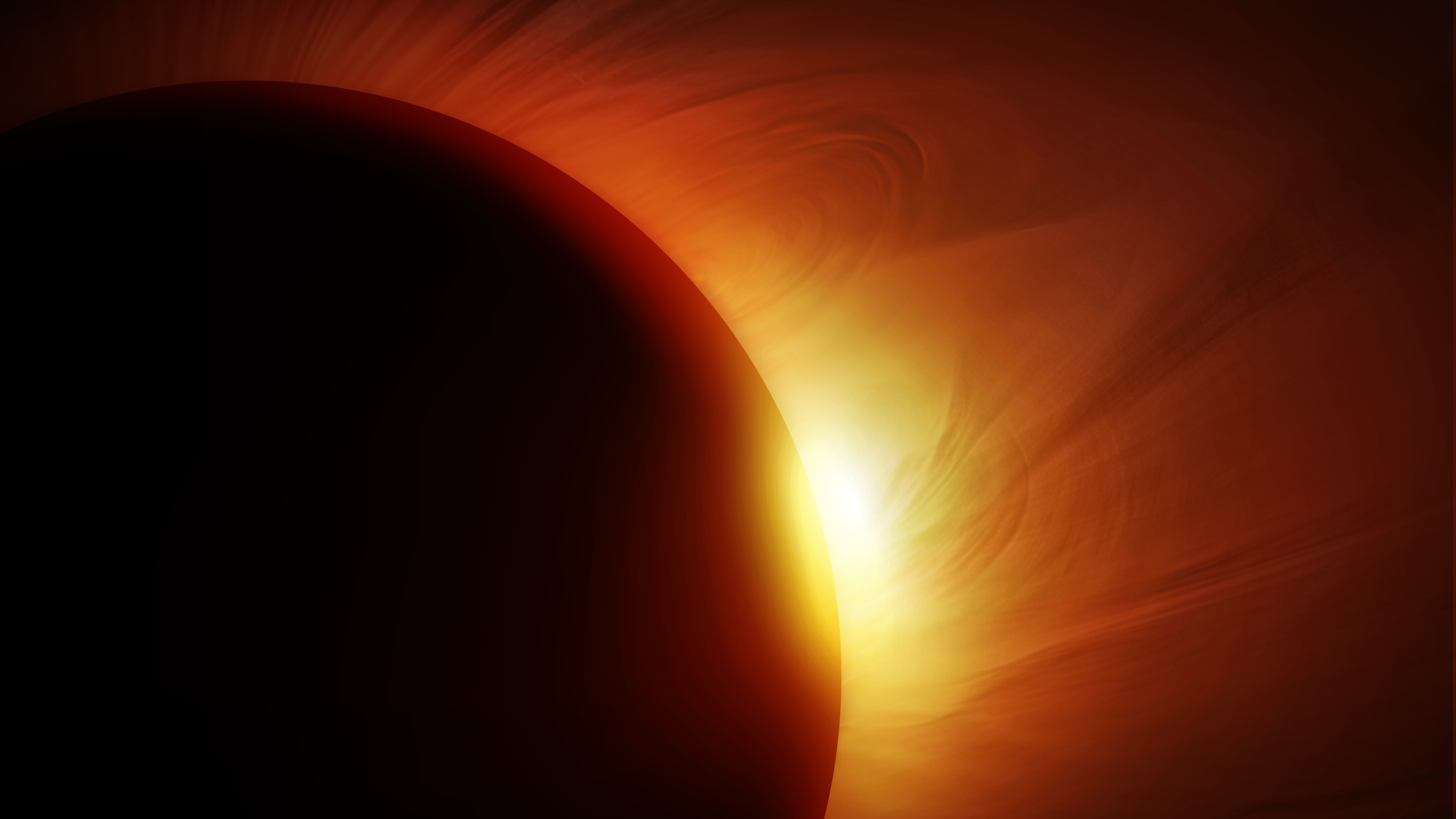
NASA Partnerships Bring 2024 Total Solar Eclipse to Everyone - NASA
On Monday, April 8, NASA and its partners will celebrate the wonders of the total solar eclipse as it passes over North America, with the path of totality in the United States, from Kerrville, Texas, to Houlton, Maine.Karen Northon (NASA)

Scientists Use NASA Data to Predict Solar Corona Before Eclipse
Our Sun, like many stars, is adorned with a crown. It’s called a corona (Latin for “crown” or “wreath”) and consists of long, thread-like strands of plasma billowing out from the Sun’s surface.science.nasa.gov
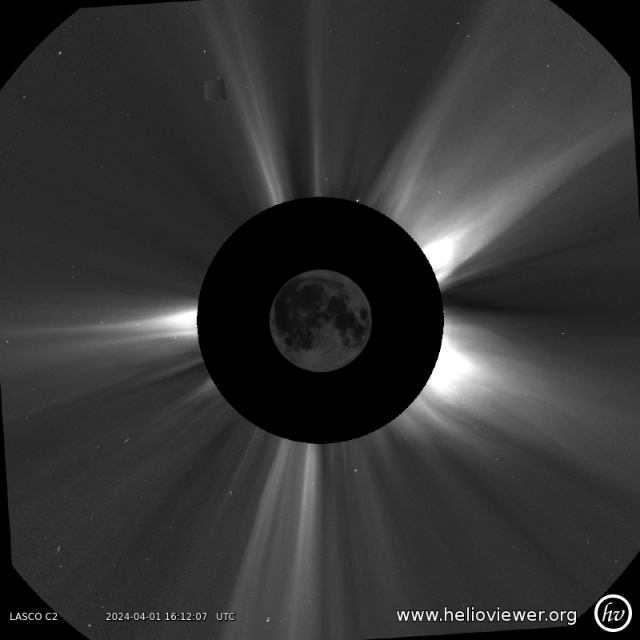
New ‘Eclipse Watch’ Tool Shows Eclipses from Space Any Time
Do you wish you could see a total solar eclipse every day? With a new online tool called Eclipse Watch, you can observe the Sun’s outer atmosphere, or corona, in real time with eclipse-like images from space as we count down to the next total solar e…science.nasa.gov

ESA, NASA Solar Observatory Discovers Its 5,000th Comet
On March 25, 2024, a citizen scientist in the Czech Republic spotted a comet in an image from the Solar and Heliospheric Observatory (SOHO) spacecraft, which has now been confirmed to be the 5,000th comet discovered using SOHO data.science.nasa.gov
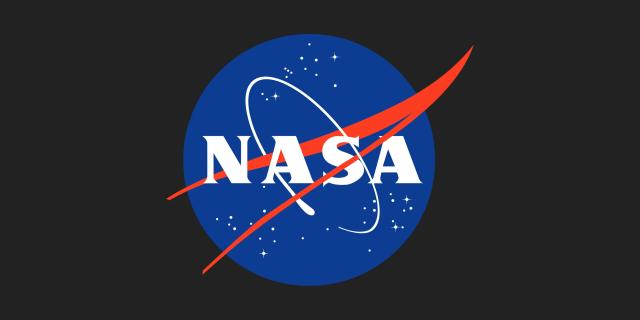
NASA to Launch Sounding Rockets into Moon’s Shadow During Solar Eclipse
NASA will launch three sounding rockets during the total solar eclipse on April 8, 2024, to study how Earth’s upper atmosphere is affected when sunlight momentarily dims over a portion of the planet.science.nasa.gov
